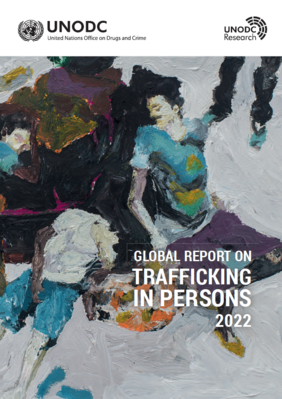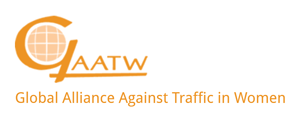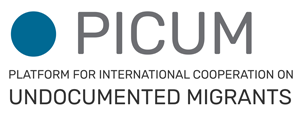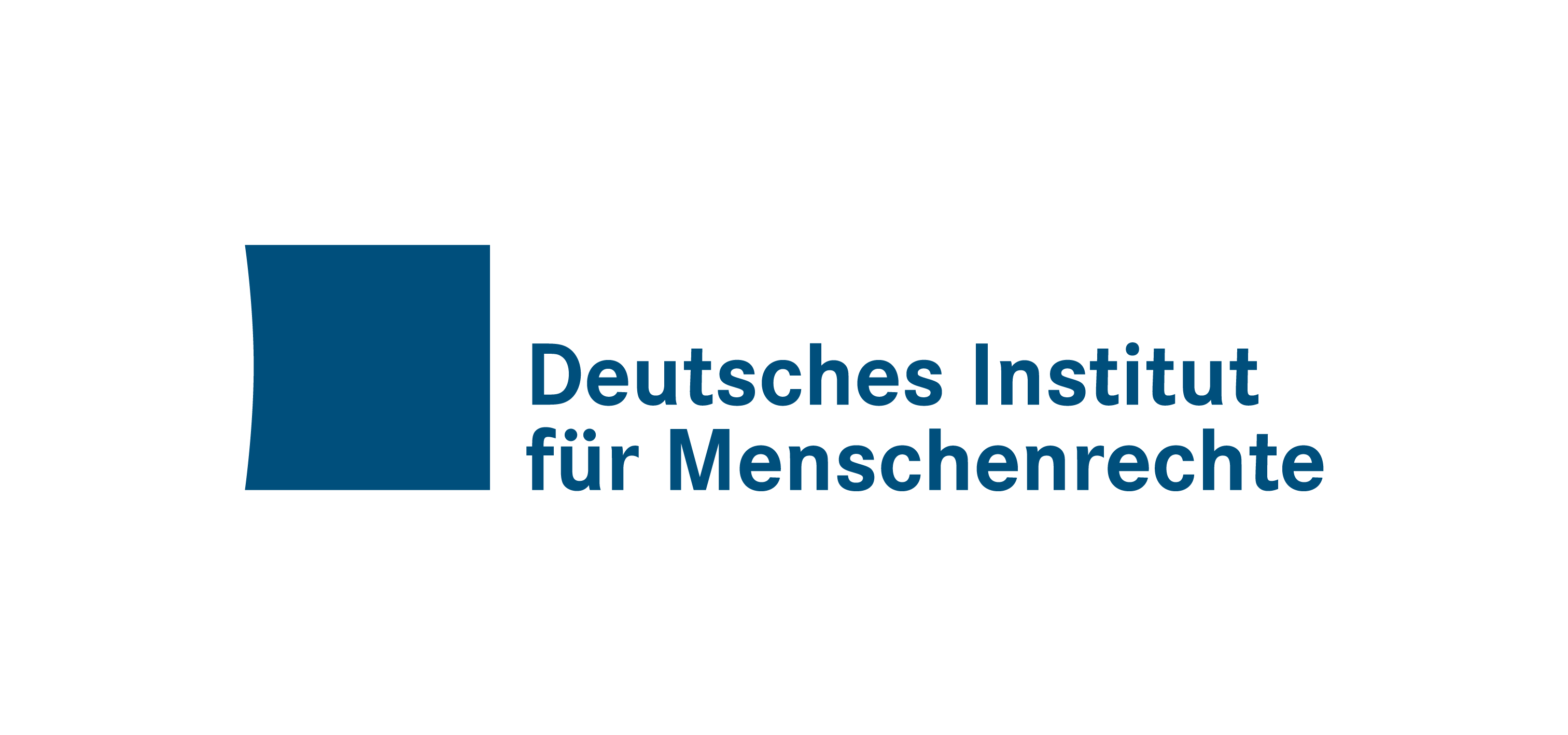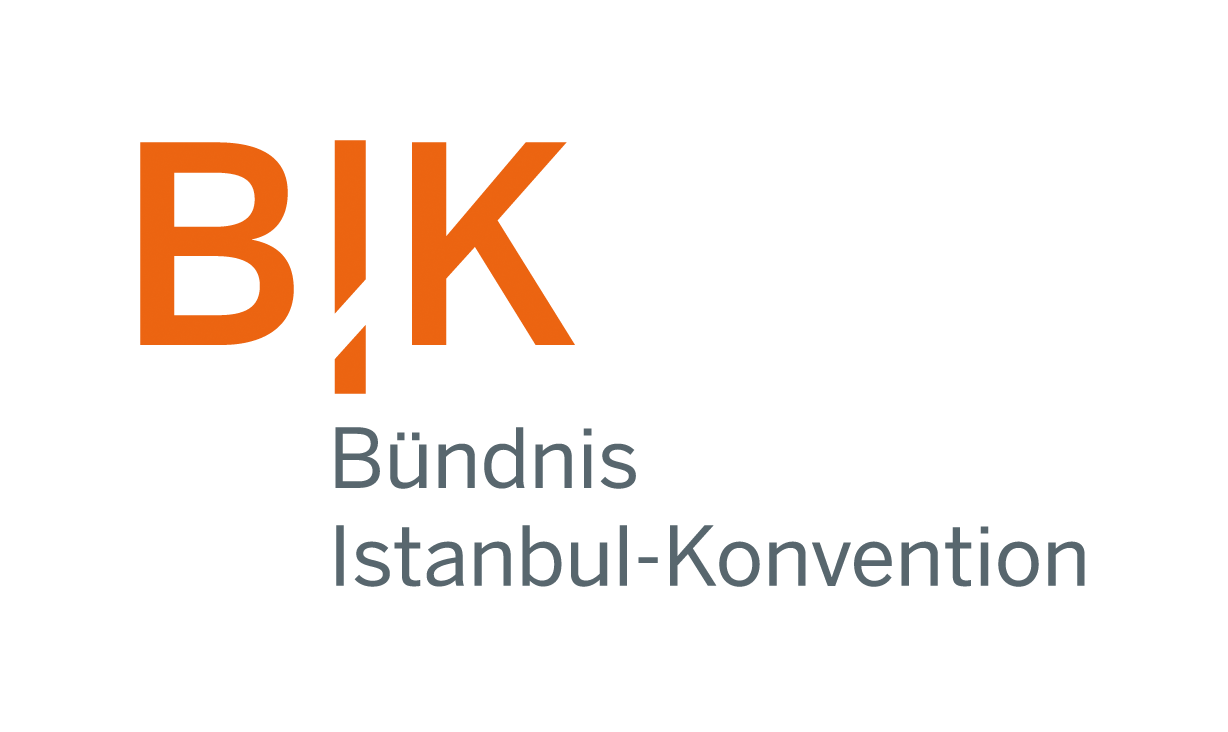The Global Report on Trafficking in Persons of the United Nations Office on Drugs and Crime (UNODC) has been published. It is the seventh report commissioned under the 2010 United Nations Global Plan of Action to Combat Trafficking in Persons.
The report provides an overview of trafficking in human beings cases detected between 2018 and 2021, during the pandemic period. It covers 141 countries and provides an insight into anti-trafficking efforts at the global, regional and national levels. Chapter 1 provides a global picture of trafficking patterns. Chapter 2 presents detailed regional analyses and country profiles. The findings are further supported by analysis of summaries of 800 court cases heard between 2012 and 2020. This provides a more detailed insight into the crime, its victims and perpetrators, and how trafficking comes to the attention of the authorities.
According to the report, the number of trafficked persons identified worldwide decreased in 2020. Reasons for this include reduced capacity to identify trafficked persons, more limited opportunities for perpetrators to operate, and a shift of trafficking to hidden locations. The results of the analysis suggest that institutions too often fail to identify, protect and provide justice to trafficked persons. The analysis also found that most trafficked persons free themselves from the exploitative situation. In addition, the global decline in trafficking in human beings convictions - which have been declining since 2017 - has continued to accelerate during the pandemic, dropping by 27 per cent in 2020 compared to the previous year.
For the first time since UNODC began collecting data on trafficking in persons, the detection of trafficking for labour exploitation was on par with trafficking for sexual exploitation in 2020, at just under 40 per cent. In addition to the decline in the number of identified trafficked persons for sexual exploitation, the proportion of women as trafficked persons in all forms of trafficking also continued to decline in 2020. On the other hand, the number of identified trafficked persons for the exploitation of criminal acts has increased. New data on transgender trafficked persons show that the trafficked persons identified were mostly trafficked for sexual exploitation.
The report also highlights once again that conflict has increased vulnerability to trafficking in human beings both inside and outside conflict zones. Migrants who are forced to flee and are often in economic hardship are easy for traffickers to reach.

